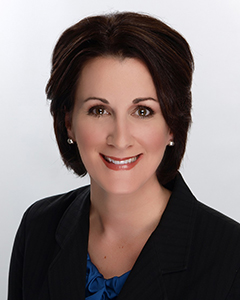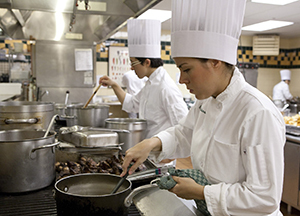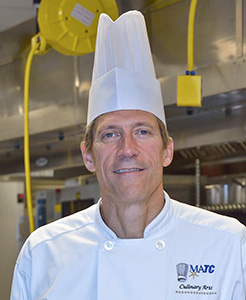Lesson Plan: The Professional Chef Discovers Maine Lobster
Tuesday, 04 November 2014 03:00
 From recipes to roe, and from properly extracting meat from the shell and paring it with wines, this free online learning course from The Culinary Institute of America is suitable for culinary-arts students in class and as homework.
From recipes to roe, and from properly extracting meat from the shell and paring it with wines, this free online learning course from The Culinary Institute of America is suitable for culinary-arts students in class and as homework.
The Culinary Institute of America has launched a free online learning course, “The Professional Chef Discovers Maine Lobster.” The program provides a crash course in all things Maine lobster, including chef-tested recipes, all downloadable and demonstrated in streaming HD video by CIA Chef Scott Samuel and some special guest chefs.
Sponsored by the Maine Lobster Marketing Collaborative, “The Professional Chef Discovers Maine Lobster” takes viewers to the coastal waters of Maine as lobstermen pull up their catches and into the kitchens of the CIA’s Greystone campus in Napa Valley.

 A successful, time-honored business in Northern California projects saving 65% of current energy usage thanks to a new solar-energy system it recently installed, helping to shape the future of the baking industry.
A successful, time-honored business in Northern California projects saving 65% of current energy usage thanks to a new solar-energy system it recently installed, helping to shape the future of the baking industry. On its 80th anniversary, Kendall College’s president envisions a future in which everyone worldwide with a passion for food may pursue their dreams to cook professionally.
On its 80th anniversary, Kendall College’s president envisions a future in which everyone worldwide with a passion for food may pursue their dreams to cook professionally. A new degree is designed to prepare graduates to influence the future of food.
A new degree is designed to prepare graduates to influence the future of food. This second in a two-part series on teaching culinary arts through ratios in practical culinary labs focuses on incorporating ratios into your lesson plan.
This second in a two-part series on teaching culinary arts through ratios in practical culinary labs focuses on incorporating ratios into your lesson plan.